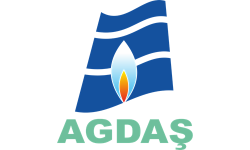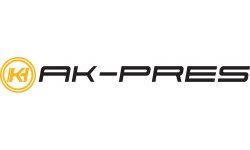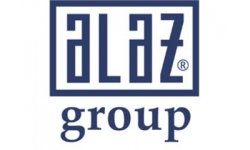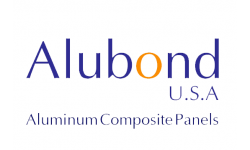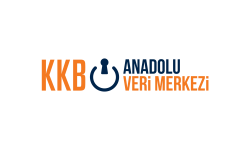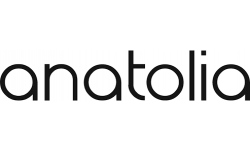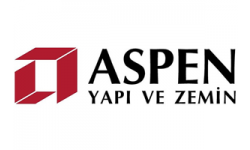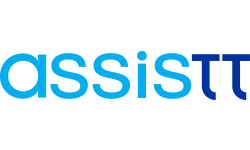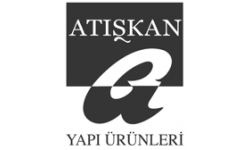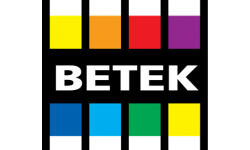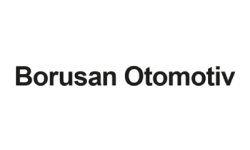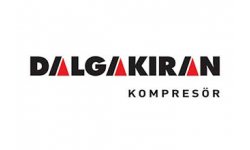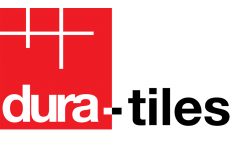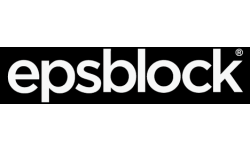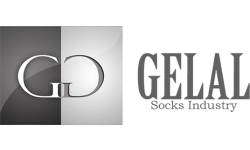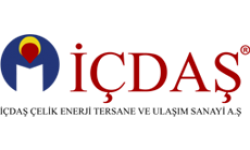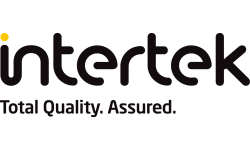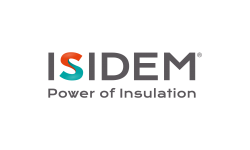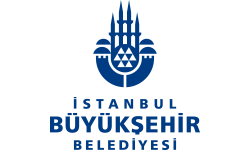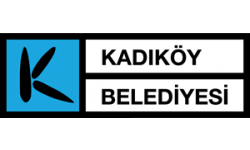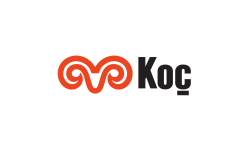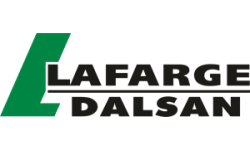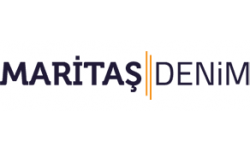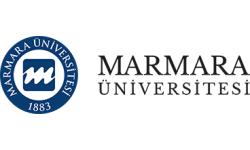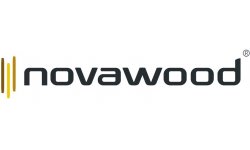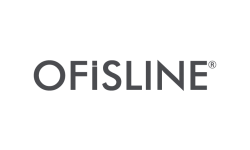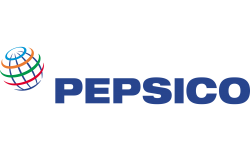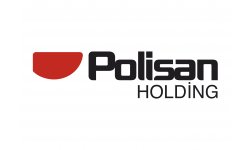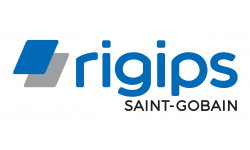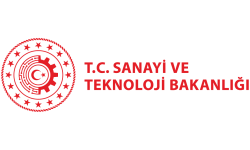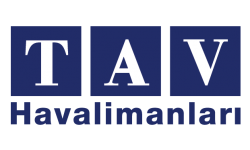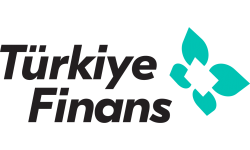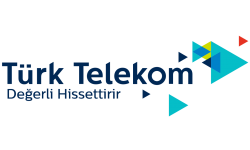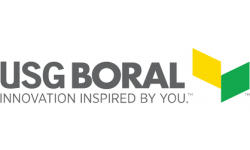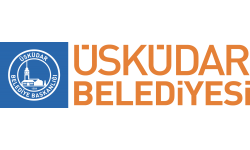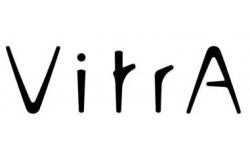
How to integrate LEED and ESG criteria for sustainability?
Sustainability has become a core objective across industries, particularly in construction, real estate, and corporate governance. Companies are increasingly prioritizing
LEED certification is pivotal in advancing sustainable development in Japan, setting rigorous standards for environmental performance in the construction sector. By promoting the use of eco-friendly materials, energy-efficient systems, and sustainable practices, LEED helps reduce the environmental footprint of buildings across the nation. As Japan embraces green building practices and prioritizes sustainability, it is cultivating a culture of innovation and environmental responsibility, paving the way toward a greener future.

Since 2007, ERKE has successfully completed over 170 LEED certification projects. We offer expert LEED consultancy services to ensure your buildings meet the highest green building standards. With our extensive experience in green building practices, we understand every detail of sustainable design and construction. Let us help you integrate eco-friendly practices into your buildings—because LEED certification is a clear demonstration of your commitment to environmental excellence.
LEED, or Leadership in Energy and Environmental Design, is a globally recognized green building certification system developed by the U.S. Green Building Council (USGBC). It provides a comprehensive framework for designing, constructing, operating, and maintaining buildings that are healthy, efficient, and sustainable. Projects earn points in categories such as energy efficiency, water usage, air quality, and materials selection. Based on the total points achieved, projects can be awarded one of four certification levels: Certified, Silver, Gold, or Platinum. This tiered system encourages higher performance standards in environmental responsibility and resource efficiency across the built environment.
Leadership in Energy and Environmental Design (LEED) is a globally recognized certification program that sets the standard for sustainable building practices. Developed by the U.S. Green Building Council (USGBC), LEED defines benchmarks for the design, construction, operation, and maintenance of environmentally responsible buildings. More than just an environmental accolade, LEED certification also drives economic growth, enhances social well-being, and improves community health, marking it as a true benchmark of excellence in sustainable development.
LEED certification levels—Certified, Silver, Gold, and Platinum—are determined by earning points across various sustainability categories such as Sustainable Sites, Water Efficiency, Energy and Atmosphere, Materials and Resources, and Indoor Environmental Quality. The more points a project accumulates by meeting LEED’s rigorous criteria, the higher its certification level. Starting at Certified as the entry-level, projects can progress to Silver, then Gold, and ultimately achieve Platinum, the highest level requiring the most points.
LEED certification offers numerous advantages for both building owners and occupants. It boosts property value and reduces operational costs by enhancing energy and water efficiency. Moreover, it creates a healthier indoor environment with improved air quality and natural lighting, which can increase occupant productivity and satisfaction. LEED-certified buildings also tend to attract high-quality tenants and may qualify for tax incentives and rebates. Beyond these benefits, the certification reflects a strong commitment to sustainability, enhancing marketability while helping owners meet regulatory requirements and corporate sustainability goals. Overall, LEED certification delivers long-term financial and environmental benefits.
LEED promotes water efficiency through strategies that reduce water consumption and encourage sustainable management practices. These strategies include the use of low-flow fixtures, water-efficient landscaping, and advanced irrigation systems. LEED certification also advocates for water-saving technologies that minimize potable water use while enhancing overall water efficiency. Additionally, it supports the adoption of alternative water sources such as rainwater harvesting and greywater recycling. By implementing these measures, LEED-certified buildings can significantly reduce their water footprint, resulting in cost savings and a lower environmental impact.
Achieving LEED certification comes with several common challenges. Meeting stringent energy efficiency and sustainability requirements can be both costly and complex. Project teams often struggle with collecting and managing the extensive documentation needed for certification. Integrating sustainable practices into existing structures—especially older buildings—can be particularly demanding. Additionally, coordinating among various stakeholders and handling unforeseen issues during construction or renovation can create obstacles. Maintaining compliance with LEED standards throughout the project lifecycle requires ongoing effort and commitment.
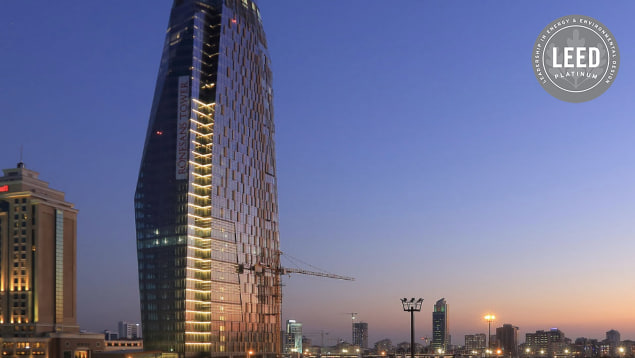
Area: 45.000 m²
Investor: Rönesans Holding
Location: Istanbul, Turkey
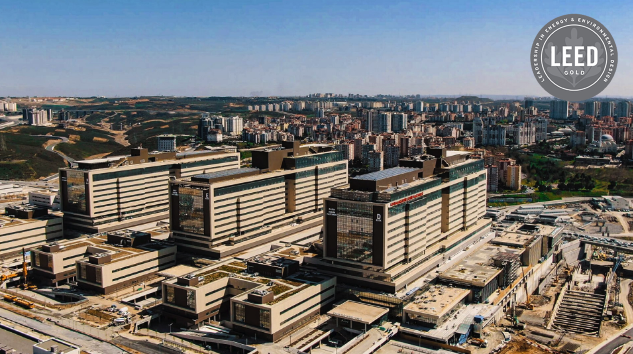
Area: 1.000.000 m²
Investor: Rönesans Holding
Location: Istanbul, Turkey
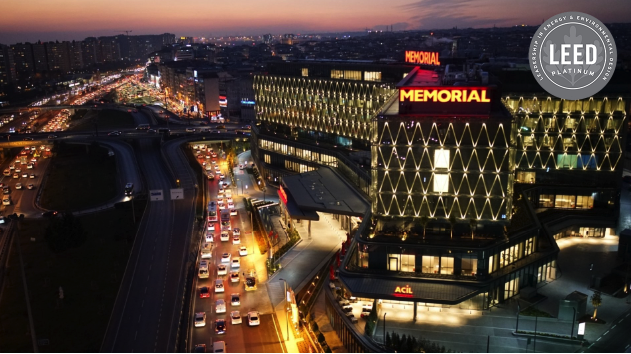
Area: 56.000 m²
Investor: Memorial
Location: Istanbul, Turkey
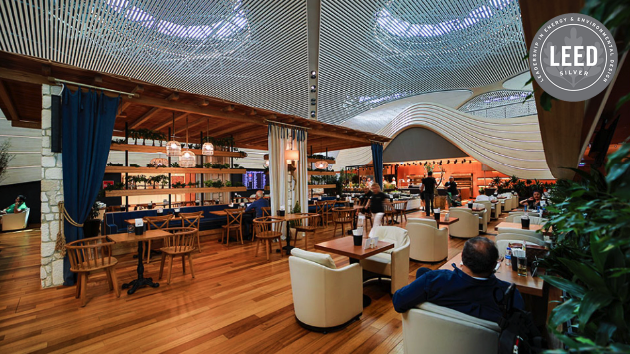
Area: 10.000 m²
Investor: THY
Location: Istanbul, Turkey

Sustainability has become a core objective across industries, particularly in construction, real estate, and corporate governance. Companies are increasingly prioritizing
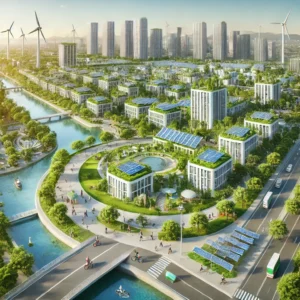
As the global urgency surrounding climate change intensifies, the construction and real estate industries are taking proactive steps to reduce

In today’s construction and real estate sectors, sustainability has become a core focus. As concerns about climate change, resource depletion,
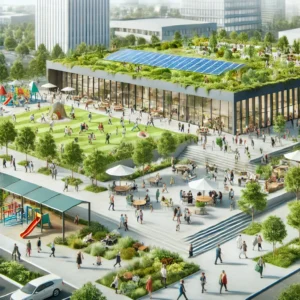
In today’s built environment, sustainability extends beyond energy efficiency and resource conservation it also encompasses social responsibility. The Leadership in

Water efficiency is a critical component of the Leadership in Energy and Environmental Design (LEED) certification, aimed at reducing water
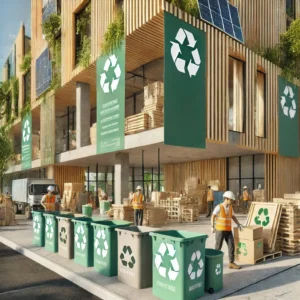
The Leadership in Energy and Environmental Design (LEED) certification is a globally recognized benchmark for sustainable building practices. One of


